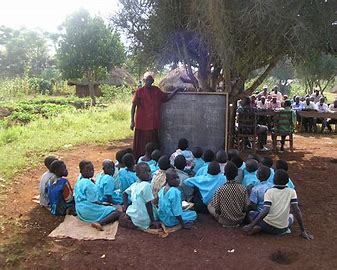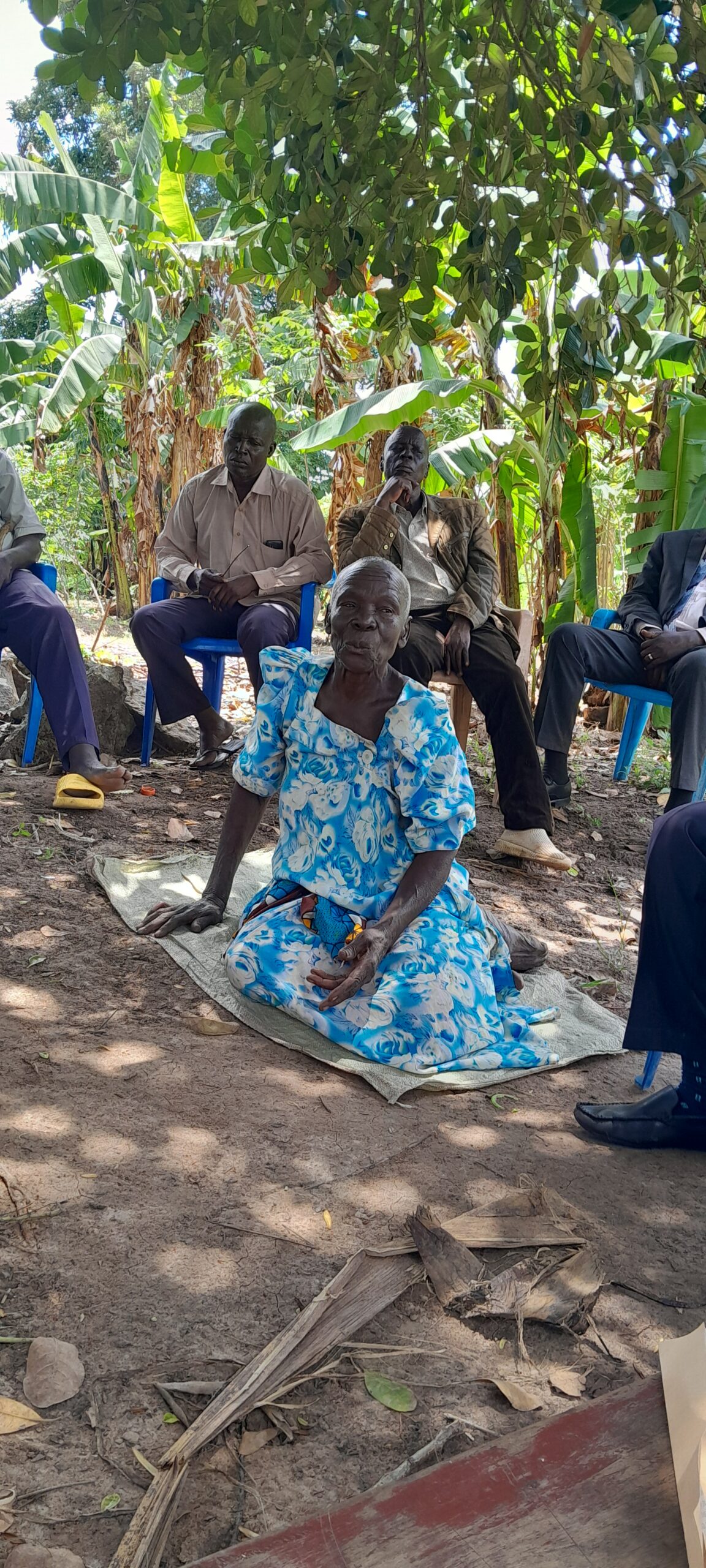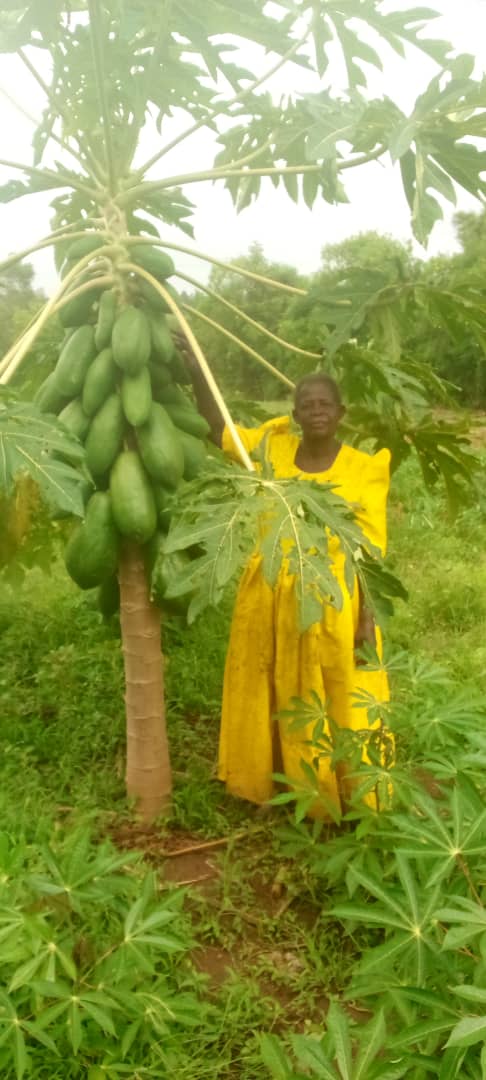Introduction
Climate change poses a significant threat to children’s education and well-being across Africa. With its adverse effects—such as extreme weather events, droughts, and food scarcity—vulnerable communities bear the brunt of these challenges. It is imperative that we address the intersection of climate justice and education to ensure that children can access and benefit from quality education, despite the obstacles posed by climate change.
Background:
1. Impact on Education:
Climate change disrupts children’s education through school closures, increased absenteeism, and the need for children to engage in labor to support their families. For example, in Tororo, Uganda, children often miss school to search for mushrooms during the mushroom growing season or collect firewood and water during droughts.
2. Health and Safety Risks:
Climate disasters, such as the Kitezi landfill disaster in Uganda, have tragically resulted in the loss of lives, including those of children. These events underscore the vulnerability of children to climate-induced hazards.
3. Flooding and Infrastructure
Many children are forced to study in waterlogged classrooms due to flooding, and some have even been swept away on their way to school. Inadequate infrastructure leads to missed school days during heavy rains, with heartbreaking incidents, such as three children being killed by lightning while returning home from school in the Busoga region and about 10 children died in Arua when they were struck by lightning.
4. Food Insecurity
Food scarcity, worsened by climate change, directly impacts children’s ability to attend school and focus on their studies. Many children in the district often go hungry to school, with some dropping out of schools because of the increasing phenomena of food insecurity in the rural households. The lack of school meal programs exacerbates absenteeism and dropout rates.
Recommendations:
1. Integrate Climate Education
Schools should incorporate climate change education into their curricula to raise awareness and empower children with the knowledge and skills needed to tackle climate challenges. Environment Clubs and other related activities should be part and parcel of school extra curricula to further enhance children’s involvement in climate education.
2. Support Climate-Resilient Infrastructure
Investment in climate-resilient school infrastructure is essential to ensure that educational facilities can withstand extreme weather events and remain operational.
3. Provide School Meals
Implementing school feeding programs can address food insecurity, ensuring that children receive at least one nutritious meal per day, which will improve attendance and learning outcomes. Since most rural schools own productive agricultural land, they should set up school gardens that produce nutritious food for the learners while at the same time skilling the children with necessary agricultural knowledge and skills.
4. Promote Community-Based Solutions
Encourage community initiatives that involve children and their families in sustainable practices, such as rainwater harvesting and agroforestry, to alleviate the burden of climate-related tasks on children.
5. Enhance Emergency Response
Schools should develop and implement emergency response plans to protect children during climate disasters and ensure the continuity of education.
6. Advocate for Policy Change
It is crucial to urge governments to adopt and enforce policies that address the intersection of climate justice and education, safeguarding children’s rights to education and a safe environment.
Conclusion:
Addressing the intersection of climate justice and education is vital for securing the future of children in Africa. By implementing these recommendations, the ACHPR can play a pivotal role in protecting children from the adverse effects of climate change and ensuring their access to quality education. Together, we can create a more equitable and sustainable future for all children.




